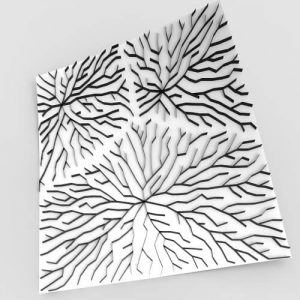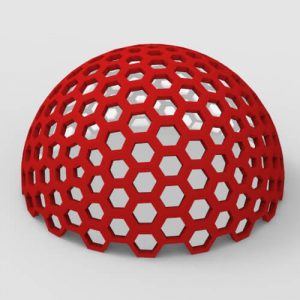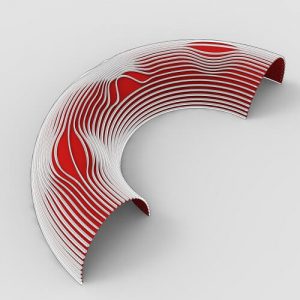In this Grasshopper Lesson, we will work with the UV curves of a NURBS surface to produce patterns or curves. First, we will study how the surface domain 2 works and then we will use intersections to produce more patterns.
In this Grasshopper Lesson, I will show you with simple steps on how to make a venation pattern in Grasshopper using a short walk method. First, we will talk about the algorithm and how the pattern can be produced by random points and then we make it advanced by defining multiple point attractors.
In this Paracourse Lesson we will use the Anemone plugin to produce a branching system in Grasshopper. First, we will talk about the Anemone plugin and how it works and then we will use the looping system to make the branches step by step and add multipliers which affect the overall shape. We will also give thickness to the branching lines by using pipe.
In this Paracourse Lesson, we will model a Geodesic Dome in Grasshopper. First, we will use a Plugin to make the Baselines and then we will use advanced techniques to make the lines into polygons and thicken the dome.
In this ParaCourse lesson, we will study the Pinch n Spread component of the Pufferfish plugin and how we can use it to morph a series of strips on a Nurbs surface.
In this Paracourse Lesson, we are going to model a parametric 3d pattern which is based on a solid difference of a parametric box with smaller boxes located at the corners.








